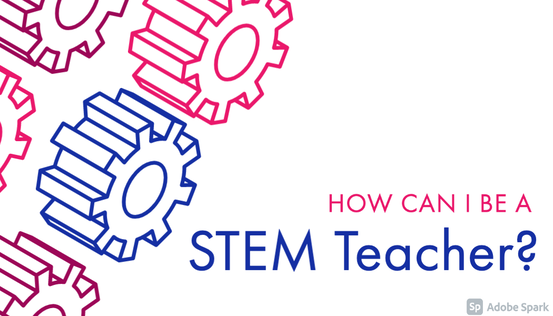|
What does STEM actually mean? There are so many acronyms now for it: STEM, STEAM, STREAM. I am sure I am missing something. In the end, you can almost put any content or subject areas under one of them. So, the question then becomes, “How can I be a STEM teacher?” The rub is that anyone can actually be one, and it’s not incredibly hard.
Obviously, being a STEM teacher in Math, Science, and Technology is easy. It’s the nature of what you do, but if you are just trying to have students regurgitate facts, are you a STEM teacher? I think the short answer is no. You aren’t exploring, so you are losing the intent of STEM. To simplify what STEM is, think of it in the realm of exploration and creation. Naturally, that’s what the STEM design process is. You are researching, asking questions, and coming to conclusions. You can do this in any class. It could be in the form of a lab, experiment, research, or, more importantly, a creation process. It means that if you are creating in your classroom, you can easily be a STEM teacher. When you make, it’s actually the process that matters, and the STEM design process works perfectly in any class. You can apply the steps of brainstorming, researching, and much more to build stories, even in Social Studies and ELA. Yes, you read that right. Social Studies and ELA teachers can be STEM teachers. In the end, education acronyms are silly. STEM is no different. It’s doing something that we should all be doing anyway and putting a new focus on it. Making and creating gives students a deeper understanding, it can be done in any classroom, and the process can be the STEM design process. Really, if you are making and creating, you are a STEM teacher. It’s just putting a new spin on it.
0 Comments
Leave a Reply. |
Archives
January 2023
Categories |

 RSS Feed
RSS Feed
